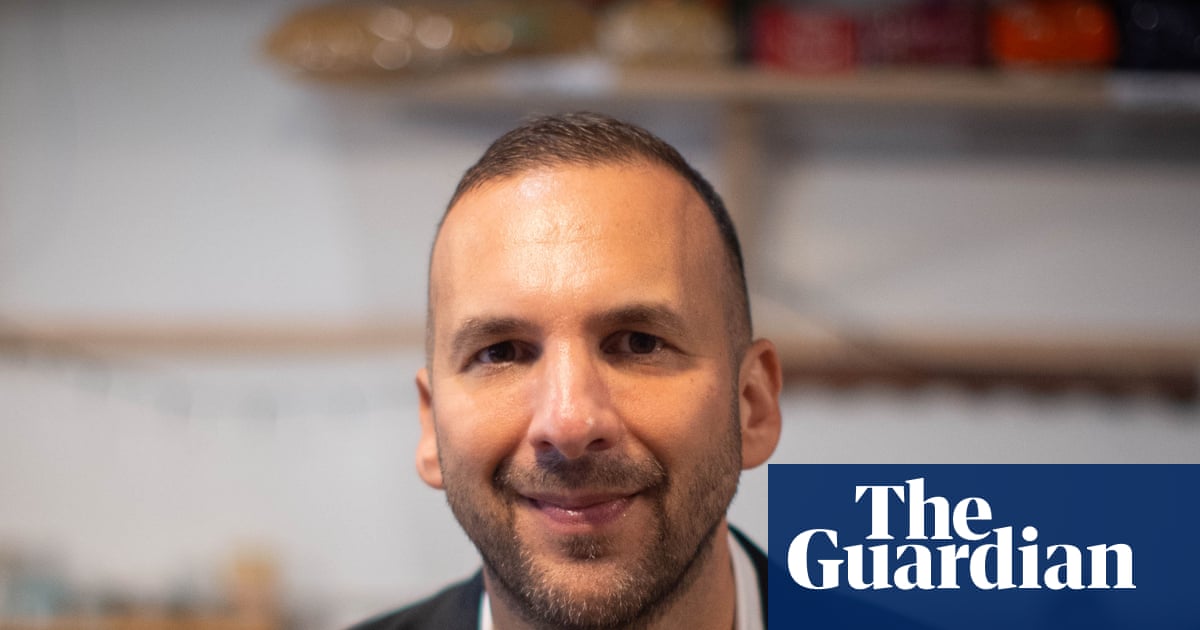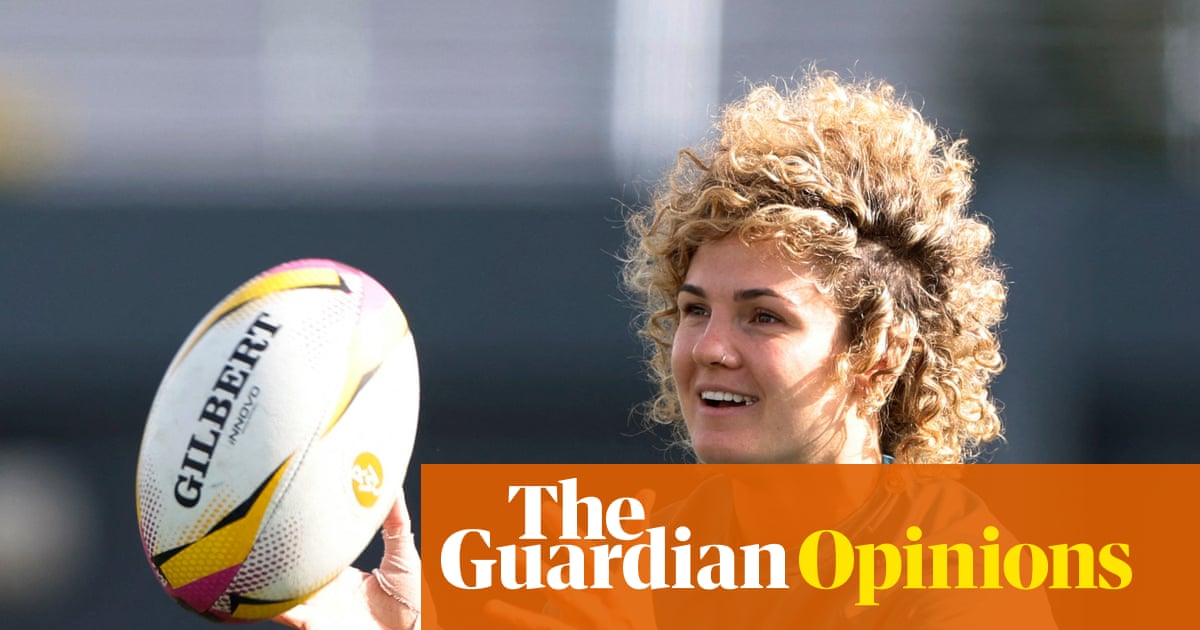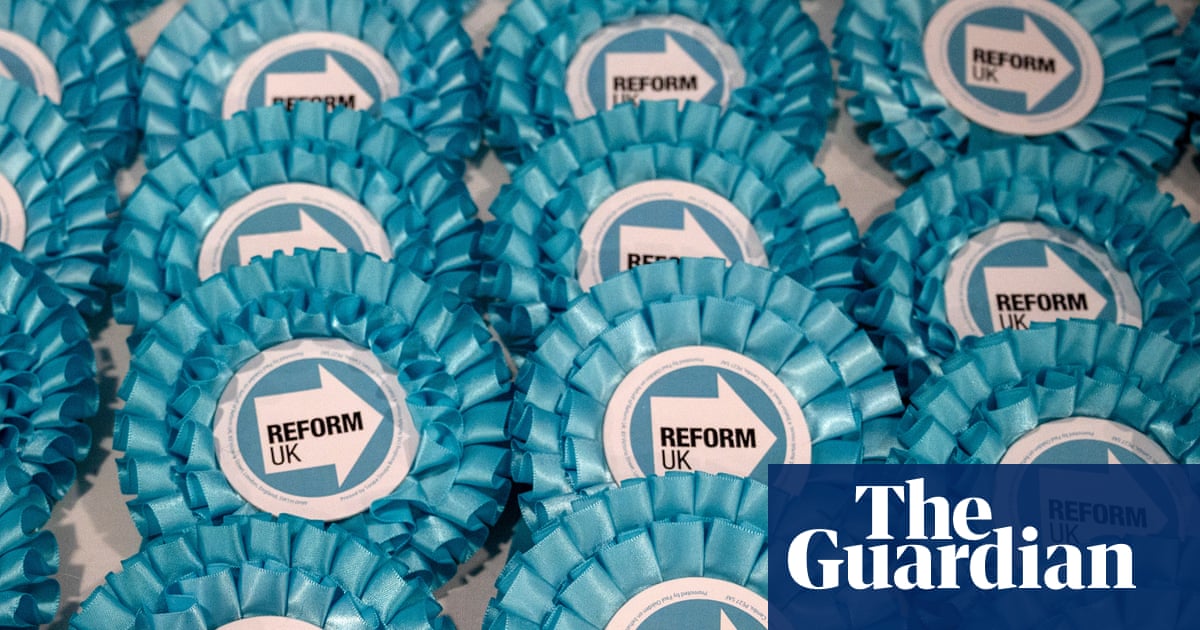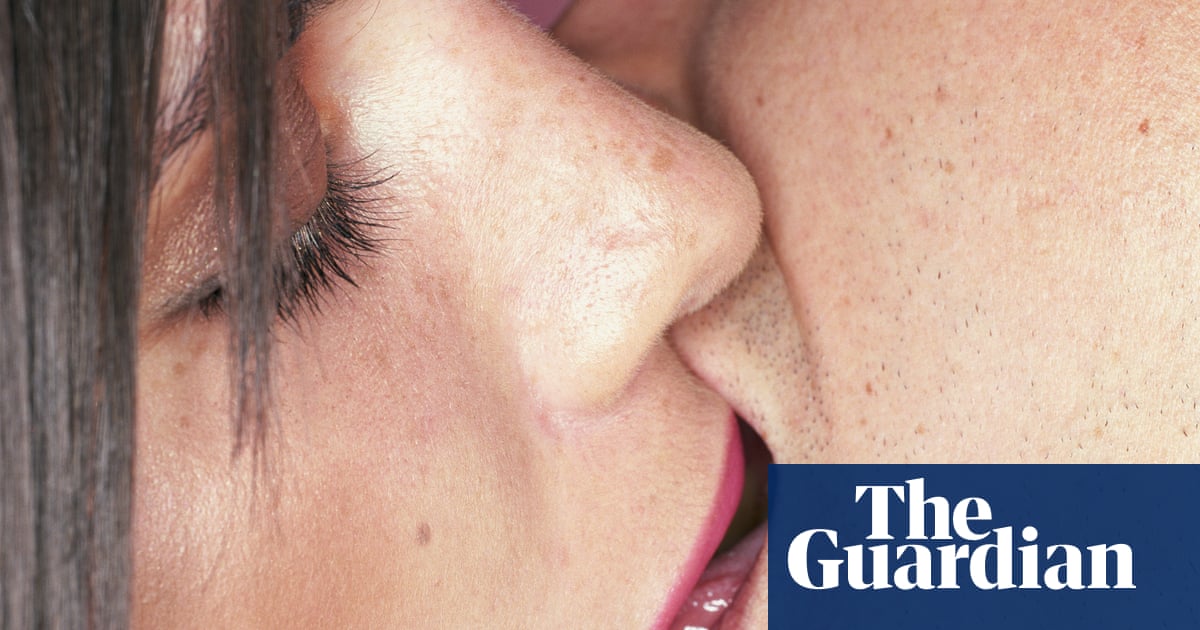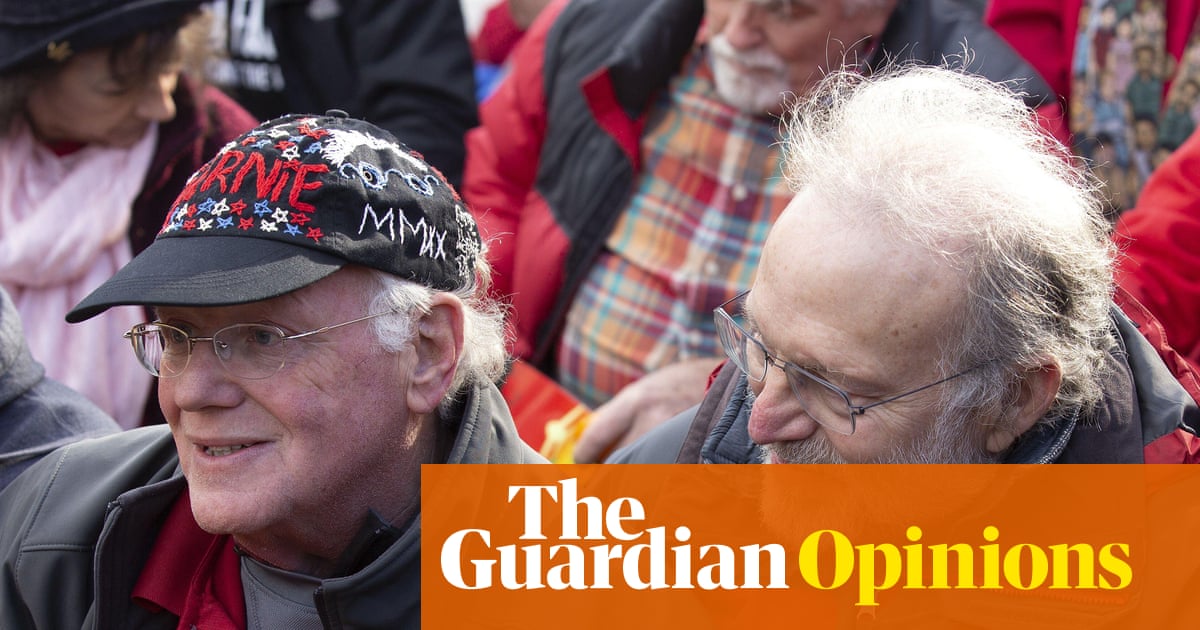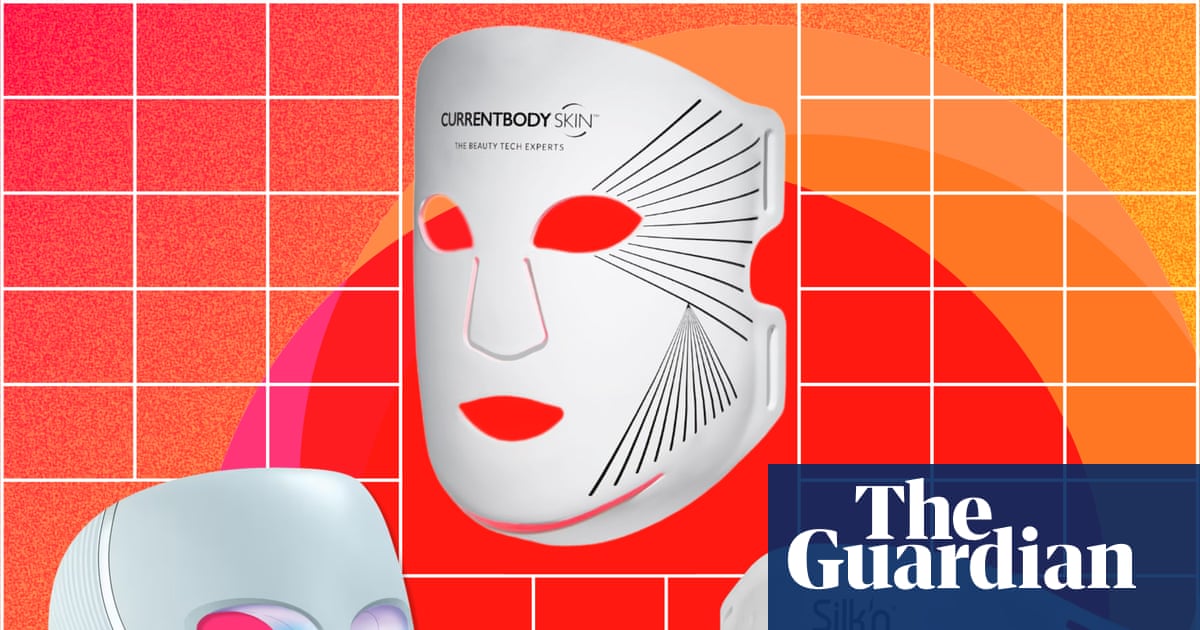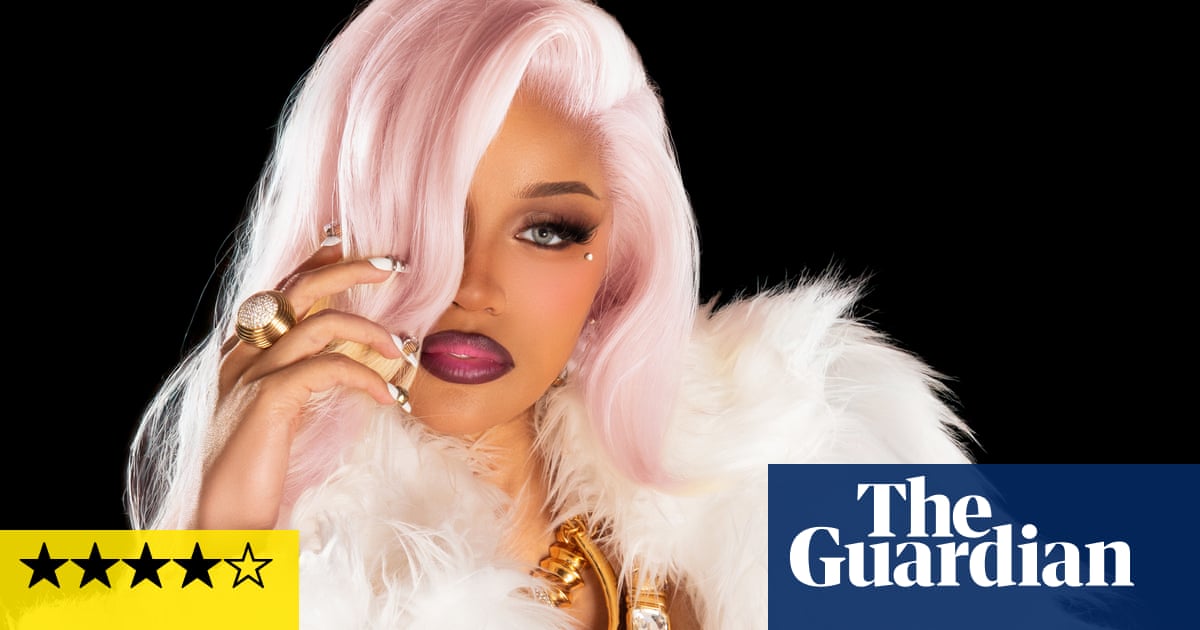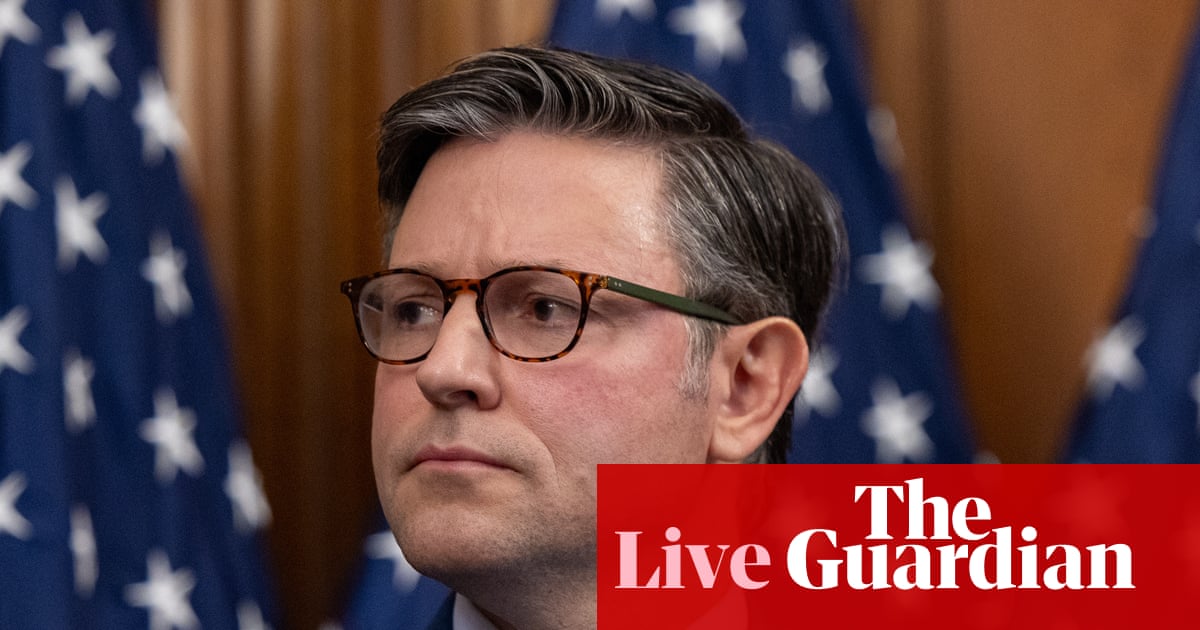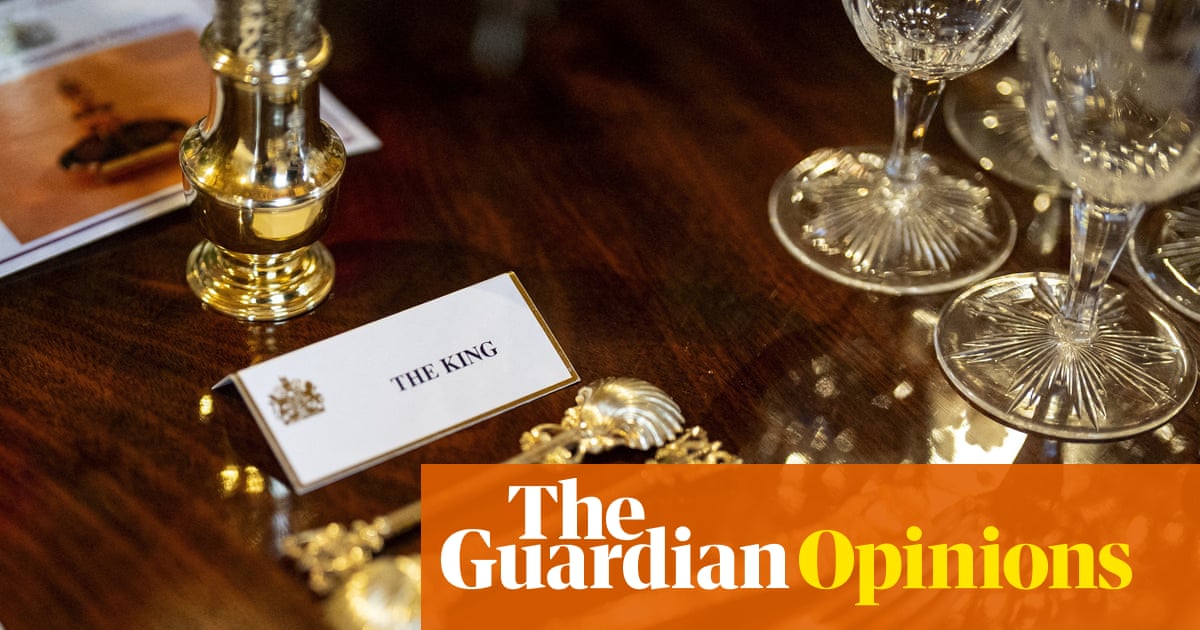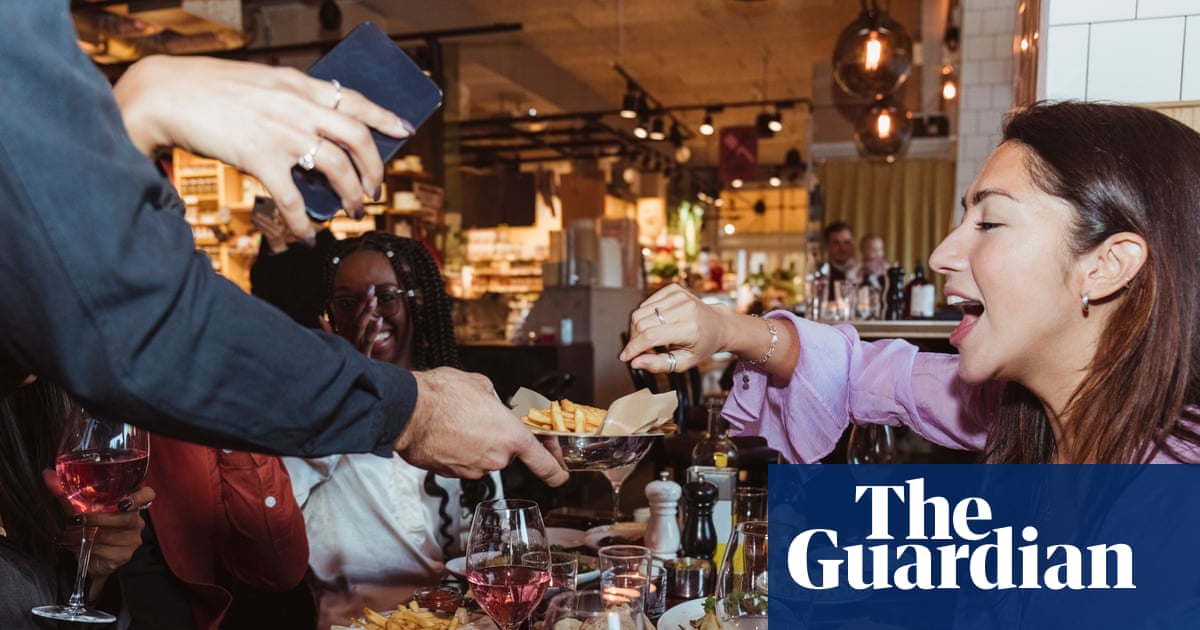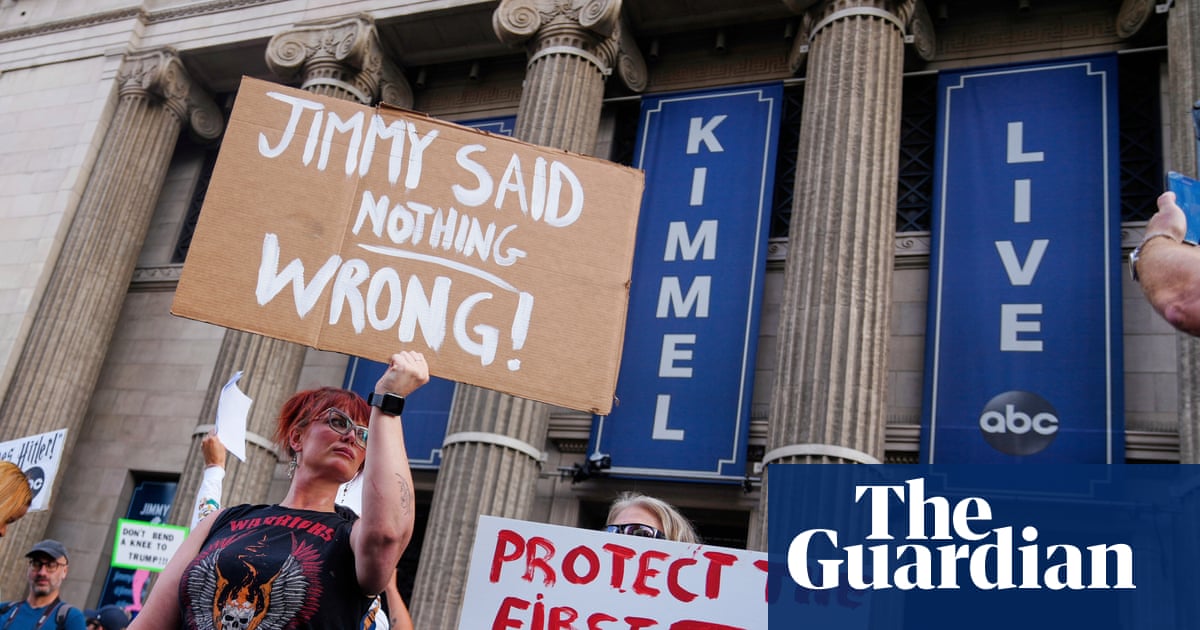This was a tough assignment. I was making images around Johannesburg for World Environment Day 2018 and I thought I’d follow the trash to Robinson Deep, the oldest and biggest landfill in the city. I had a basic idea of where the things we throw away end up, but seeing our trash in real life, in that quantity, and not disintegrating, was eye-opening. The smell was overpowering. The sounds of tractors churned against the constant noise made by baby mice squeaking under the huge mounds of waste. I was probably stepping on them but I couldn’t see them, nor do anything differently. At one point I stepped on a cow’s head. Thank God I was wearing rubber boots that day – boots that the dozens of people eking out a living on the landfill didn’t have. They didn’t have any proper protective gear: no gloves, masks or proper shoes.
This image of a man carrying a giant bag that looks like a cape, with an ibis hovering over him, was made with a long lens. I was too far away to get to him in time to ask his name before he disappeared over the hill, but I spoke to many others there. They spoke of being ill from working on the landfill but not having a choice. Some of them cook and eat their meals on the site. Some even live there. I recall the moment when a truck arrived bearing a new load and everyone ran toward this waterfall of garbage to get whatever they could – the plastic or glass that could be taken to the buy-back centres and exchanged for a few rand. This scene is not particular to Johannesburg. It happens every day in landfills all over the world.
These reclaimers, like the man in the picture, are the “invisible people”, to the upper classes in particular. They are part of the landscape but are living on the precipice. Many of them are very vulnerable and have a reliance on substances. Particularly rife in Johannesburg is nyaope, or heroin. At some of the buy-back centres, drugs are sold at the doors. People take in the waste they’ve collected, get their money, then buy their shot for the day. It’s a cycle of violence. I cannot fathom why we are living in a society that allows this to happen to our most vulnerable people.
A lot of my work is about understanding the world and how I live in it. It takes me to places I wouldn’t ordinarily go to, and I speak to people I wouldn’t usually interact with. It helps me overcome my blind spots. We always talk about our separation from the natural world when we talk about the climate crisis, but this image is a reminder that we are an intrinsic part of it. The bird and the man are both searching. It reinforces that we are in this together: our wellbeing is interconnected. There is symbolism too. The bird gives the impression of a vulture, though it’s not, which carries with it the idea of hunger and death.
My photography is a balancing act. I want to compose images that are visually attractive and draw attention, but also create dialogue and, at the very least, a stirring of the heart. It is so important to talk about the meaning and not be taken up by the beauty of an image. I want to create empathy without reinforcing those blindspots. But the idea of objectivity in journalism is a myth. You can have ethical and balanced reporting, but what you choose to leave in and out of your frame is your bias.
As a South African, I feel a deep responsibility to stand against injustice. My generation was the last that grew up under apartheid, before the “born-frees”, and I come from a family of anti-apartheid activists who were very involved in our community. I understand segregation and systemic injustice and discrimination. I remember my mum being dragged off to jail by security forces. I remember coming home and a piece of furniture would be gone. My mother would have given a table or bed away because someone needed it more than we did. Helping the community survive and thrive meant sharing resources. It helped me understand a radical care that stems from our inextricable interconnectedness in this world, and that still informs my work.
Gulshan Khan’s CV

Born: KwaZulu-Natal, South Africa, 1983.
Trained: The Market Photo Workshop, Johannesburg.
Influences: Santu Mofokeng, Toni Morrison, Nan Goldin, bell hooks, Nina Simone.
High point: “Having my work acquired by the Iziko South African National Museum. To have documentary photographs of our community in a public archive is a great milestone for me, especially after so many generations of erasure.”
Low point: “Knowing that photography does not always save or even tangibly help the people in my images. It can make an impact, it can move hearts, it can sometimes affect policy or raise funds for a cause. But mostly, it does not save the people who have shared their stories.”
Top tip: “Move with empathy and kindness in the world. Try to look beyond your blind spots; this is ultimately what influences your frame.”

 3 months ago
62
3 months ago
62
